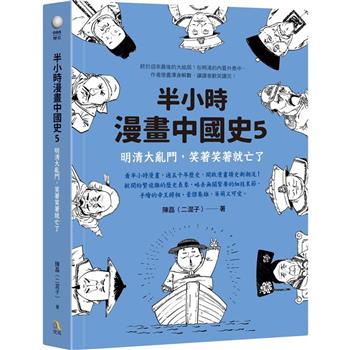In American Physicians in the Nineteenth Century, William G. Rothstein sombines sociological with historical analysis to explain the devlopment of the medical profession in nineteenth-century America. After describing how medicine first became a full-time vocation early in the nineteenth century, Rothstein examines the founding of medical schools and societies, regulatory efforts, and the development of "heroic medicine" as the accepted form of medical practice. But widespread public opposition to heroic medicine soon led to the rise of rival sets such as the botanics, who were popular among the rural population, and the homeopaths, who appealed to the urban upper classes. Excluded from the regular ranks of the medical profession, both sects organized their own schools and professional societies. As Rothstein explains, it was the advent of scientific medicine, with its breakthroughs in surgery and other medical specialties, public health, and bacteriology, that put an end to medical sectarianiam and commercialism. The new laboratory science could at last prove--or disprove--the theories and practices of the major sects.
| FindBook |
有 1 項符合
American Physicians in the Nineteenth Century: From Sects to Science的圖書 |
 |
American Physicians in the Nineteenth Century: From Sects to Science 作者:Rothstein 出版社:Johns Hopkins University Press 出版日期:1992-03-01 語言:英文 規格:平裝 / 256頁 / 23.1 x 15.5 x 2.5 cm / 普通級/ 初版 |
| 圖書館借閱 |
| 國家圖書館 | 全國圖書書目資訊網 | 國立公共資訊圖書館 | 電子書服務平台 | MetaCat 跨館整合查詢 |
| 臺北市立圖書館 | 新北市立圖書館 | 基隆市公共圖書館 | 桃園市立圖書館 | 新竹縣公共圖書館 |
| 苗栗縣立圖書館 | 臺中市立圖書館 | 彰化縣公共圖書館 | 南投縣文化局 | 雲林縣公共圖書館 |
| 嘉義縣圖書館 | 臺南市立圖書館 | 高雄市立圖書館 | 屏東縣公共圖書館 | 宜蘭縣公共圖書館 |
| 花蓮縣文化局 | 臺東縣文化處 |
|
|
圖書介紹 - 資料來源:博客來 評分:
圖書名稱:American Physicians in the Nineteenth Century: From Sects to Science
|











